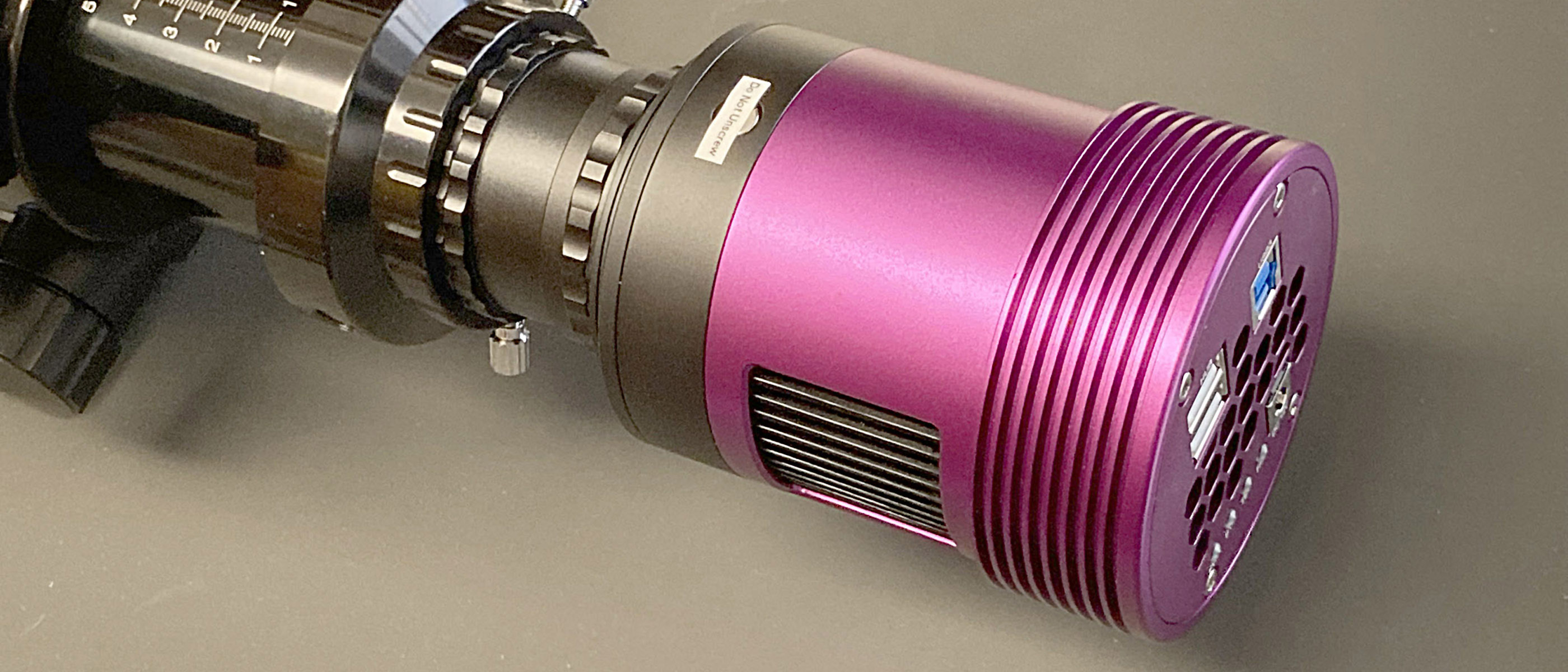New Launch Delay for Second Private Space Station Prototype

The launchof a second private space station prototype has been delayed until late nextmonth to allow additional tests of its Dnepr booster rocket.
Genesis 2,an inflatable module built by the Las Vegas, Nevada-based firm Bigelow Aerospace,will fly four weeks later than planned due to the extra checks, said RobertBigelow, the firm?s founder, in a statement released Thursday. The module waspreviously targeted for a late May launch from Russia?s Yasny Launch Base inSiberia.
"Wenow expect the launch of Genesis 2 to occur in late June,? Bigelow wrote.
Genesis 2,which follows the successful 2006 launch of BigelowAerospace?s Genesis 1 spacecraft, is an inflatable module laden with 22 cameras,a ?Space Bingo? game, personal items launched for paying customers. It is thesecond Bigelow Aerospace Pathfinder Mission aimed at testing technology thatcould one day lead to privately built space stations in Earth orbit.
?The pathto space has never been and will never be simple of easy,? Bigelow said in hisstatement.
The liftoffof Genesis 2 has encountered a series of delays, the latest of which can betraced back to the July 2006failure of a Dnepr rocket that prompting the booster?s joint Russian-Ukrainianlaunch provider ISC Kosmotras to postpone space shots until a successfulApril 17 launch.
?[W]eexperienced similar delays on the Genesis 1 campaign and, of course, were quitepleased with the end result,? Bigelow stated. ?Moreover, since Genesis 2contains a variety of important mementos, photos and other personal items aspart of our ?Fly Your Stuff? program, both Kosmotras and Bigelow Aerospace areproceeding with great caution in order to safely and successfully deliver thespacecraft to orbit.?
Get the Space.com Newsletter
Breaking space news, the latest updates on rocket launches, skywatching events and more!
Like Genesis1, Genesis 2 is powered by a series of solar panels designed to deploy in Earthorbit. The new spacecraft is identical in size to its predecessor and is about15 feet (4.4 meters) long. Its diameter is designed to expand from an initial6.2 feet (1.9 meters) to about eight feet (2.54 meters) when fully inflated.
The moduleis a one-third scale version of future manned orbital modules planned forlaunch by Bigelow Aerospace, the firm has said.
BigelowAerospace officials plan to launch a new inflatable module, dubbed Galaxy, in 2008.The human-habitableSundancer vehicle could follow in 2010 as a predecessor to the larger BA330 module, the Las Vegas-based firm has said.
- Bigelow Aerospace Aims for an International Market
- Bigelow Aerospace Sets a Business Trajectory
- VIDEO: Inflatable Spacecraft in Orbit
Join our Space Forums to keep talking space on the latest missions, night sky and more! And if you have a news tip, correction or comment, let us know at: community@space.com.

Tariq is the Editor-in-Chief of Space.com and joined the team in 2001, first as an intern and staff writer, and later as an editor. He covers human spaceflight, exploration and space science, as well as skywatching and entertainment. He became Space.com's Managing Editor in 2009 and Editor-in-Chief in 2019. Before joining Space.com, Tariq was a staff reporter for The Los Angeles Times covering education and city beats in La Habra, Fullerton and Huntington Beach. In October 2022, Tariq received the Harry Kolcum Award for excellence in space reporting from the National Space Club Florida Committee. He is also an Eagle Scout (yes, he has the Space Exploration merit badge) and went to Space Camp four times as a kid and a fifth time as an adult. He has journalism degrees from the University of Southern California and New York University. You can find Tariq at Space.com and as the co-host to the This Week In Space podcast with space historian Rod Pyle on the TWiT network. To see his latest project, you can follow Tariq on Twitter @tariqjmalik.










